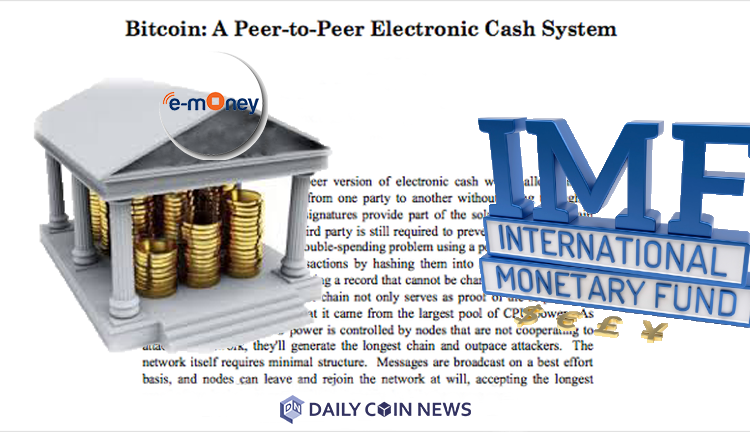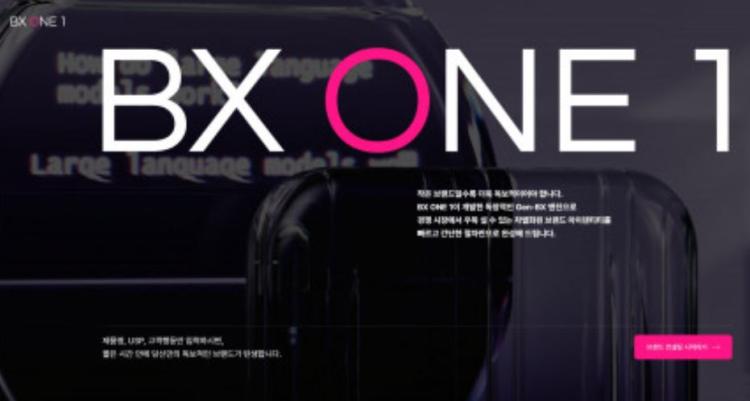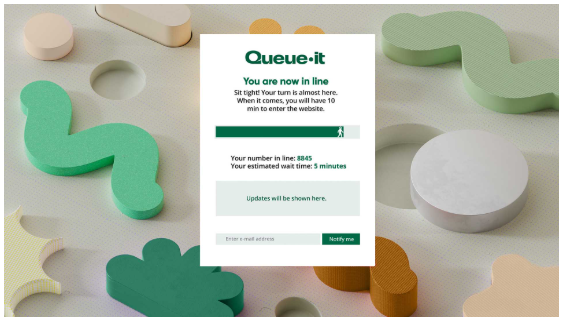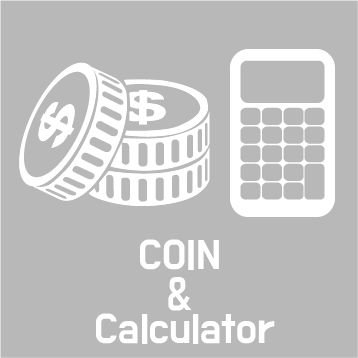International Monetary Fund (IMF) Is In Fierce Competition with E-money for Cash and Bank Deposits
If banks offer enticing services similar to e-money, they will survive among other competition
The role of executives in formulating financial policies is important as banking industry turmoil becomes inevitable

In its latest paper, "The Rise of Digital Currency," released on July 15th, the IMF claimed that the most common cash and bank deposits now are fiercely competing with e-money, which is rapidly spreading, and that there is a possibility of banks being overtaken by digital currencies in the future.
It also suggested that digital currencies be classified into new digital money to review its risks or effects, its impact on the banking sector, which forms the core of the current financial system, and the response that the central bank should review.
The IMF acknowledged the advantages of e-money as it is more compatible form of payment but questioned its stability. Therefore, it also says that banks can seek to survive by offering similar products or more enticing services. Moreover, it is unlikely that a new business model of bank will die out, as companies that make new inroads into the payment sector are expected to act as banks in the future and start offering credit transactions," the analyst said.
However, it pointed out that with large high-tech companies and emerging fintech firms having a greater impact on the current financial system, it is important for policymakers in a position to map out financial policies to prepare for the situation as chaos in the banking industry becomes inevitable. In other words, it warned that "the banks need to evolve quickly to keep up with the times." It also explains the five different payment methods of banks and digital currencies, as shown below.
(1)Central bank-issued currency: statutory currency (including central bank digital currency concepts)
(2)Virtual currency: Bitcoin (BTC) issued on blockchain basis, etc.
(3)b-Money: the government's guarantee of repayment, such as commercial bank deposits issued by the current bank.
(4)Electronic Money (=eMoney):Provided by private sector providers
-There is no guarantee of repayment by the government. Payment system of various organizations and companies
(5)Investment Money(=imoney): Private investment fund issue; an example of this is Digital Swiss Gold (DSG).
-iMoney has the potential as a new payment method by tokenizing shares in a private investment fund. Ex) Facebook's Libra project.
This paper specifically focuses on and examines e-money, but points out that "there is a problem with its stability, but there is a possibility that the dissemination will proceed rapidly on the basis of convenience." However, the risks of e-money are listed as follows:
- Operational risks such as cybersecurity
- Assets held by e-money issuers are subject to market liquidity.
- Foreclosures from other creditors of e-money issuers, etc.
- Assets from e-money issuers.
- Assets classified as currency baskets
It is not enough to explain that e-money has no stable value, such as money or currency issued by the central bank, just because it is the beginning of its introduction. However, unlike existing cash or bank deposits, the expansion is fast because of the following appeal as a means of payment:
- 'User-centered' company, an expert of "digital life" is the issuer.
- Regardless of borders, e-money could be used as a form of payment.
- Automatic transaction increases efficiency using electronic currency and blockchain base
- E-money is cost-efficient and speedy.
- Reliability: In countries where dissemination is underway, there are more trusted users than banks.
- Network effects: effects of word-of-mouth on social networks, whatsApp is a good example.
Also, global high-tech and fintech startups are better at providing convenient, enticing, and reliable services through a large network of customers at a low cost, and may incorporate payment systems.
However, there are numerous risks besides consumer protection and stability regarding the rapid spread of e-money threatening the banking industry. Examples include privacy, overall financial policy, competition in the market, financial health, and the possibility of risks in policy decisions when valuable data such as international capital flows are lost.
Thus, what the IMF proposes as a solution is a "civilian cooperative solution," called the "sCBDC," in which the central bank intends to provide payment services, including central bank reserve access to e-money providers.
By allowing e-money providers to hold the central bank's reserve funds, they can think of various benefits such as promoting innovation, trading blockchain-based assets and smoothing cross-border payments.
The central bank is known to simply provide payment services to e-money providers, including access to the central bank's reserve funds, while all other functions are provided by private e-money providers that respond well to customers.
The paper argues that sCBDC is a cheaper and less risky model, and that while the private sector can innovate and talk to customers, the central bank can realize trust and efficiency.
Reporter Gina Lee (news@dailycoinews.com)의 기사 더 보기
- Daily Coin News prioritizes the voice from the scene over others(news@dailycoinews.com) -
- 기사에 사용된 모든 자료에 대한 책임은 작성자 본인에게 있습니다 -
[copyrightⓒ 2018 All rights reserved by Daily Coin News]
Bitcoin price when registering article
BTC-USD : $ 9,958.90 USD (API by Bitfinex)
Leave a Comment
Write As a Reporter




Coin 시황


















